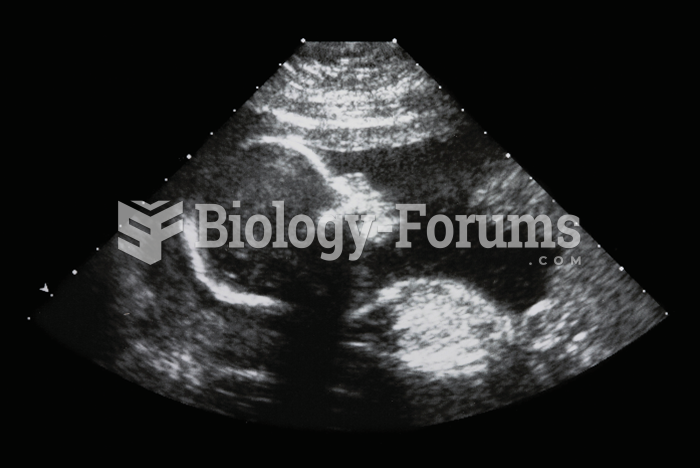Answer to Question 1
ANS: a
Feedback
a. Nutrition and weight management play an essential role in the development of a healthy pregnancy. Not only does the patient need to have an understanding of the essential nutritional elements, she must also be able to assess and modify her diet for the developing fetus and her own nutritional maintenance. To facilitate this process, it is the nurse's responsibility to provide education and counseling concerning dietary intake, weight management, and potentially harmful nutritional practices. To facilitate this process, it is the nurse's responsibility to gather more information on the woman's dietary practices through a food diary.
b. Nutrition and weight management play an essential role in the development of a healthy pregnancy. To facilitate this process, it is the nurse's responsibility to provide education and counseling concerning dietary intake, weight management, and potentially harmful nutritional practices.
c. Nutrition and weight management play an essential role in the development of a healthy pregnancy. Not only does the patient need to have an understanding of the essential nutritional elements, she must also be able to assess and modify her diet for the developing fetus and her own nutritional maintenance. To facilitate this process, it is the nurse's responsibility to provide education and counseling concerning dietary intake, weight management, and potentially harmful nutritional practices, not just inform the patient of expected normal weight gain.
d. Nutrition and weight management play an essential role in the development of a healthy pregnancy. Not only does the patient need to have an understanding of the essential nutritional elements, she must also be able to assess and modify her diet for the developing fetus and her own nutritional maintenance. To facilitate this process, it is the nurse's responsibility to provide education and counseling concerning dietary intake, weight management, and potentially harmful nutritional practices.
Answer to Question 2
ANS: b
Feedback
a. The values are low normal for adults but represent normal findings for pregnant women.
b. During pregnancy the woman's hematocrit values may appear low due to the increase in total plasma volume (on average, 50). Because the plasma volume is greater than the increase in erythrocytes (30), the hematocrit decreases by about 7. This alteration is termed physiologic anemia of pregnancy, or pseudo-anemia. The hemodilution effect is most apparent at 32 to 34 weeks. The mean acceptable hemoglobin level in pregnancy is 11 to 12 g/dL of blood.
c. The values are not increased; they are low normal for adults but represent normal findings for pregnant women.
d. The values are not increased; they are low normal for adults but represent normal findings for pregnant women.







